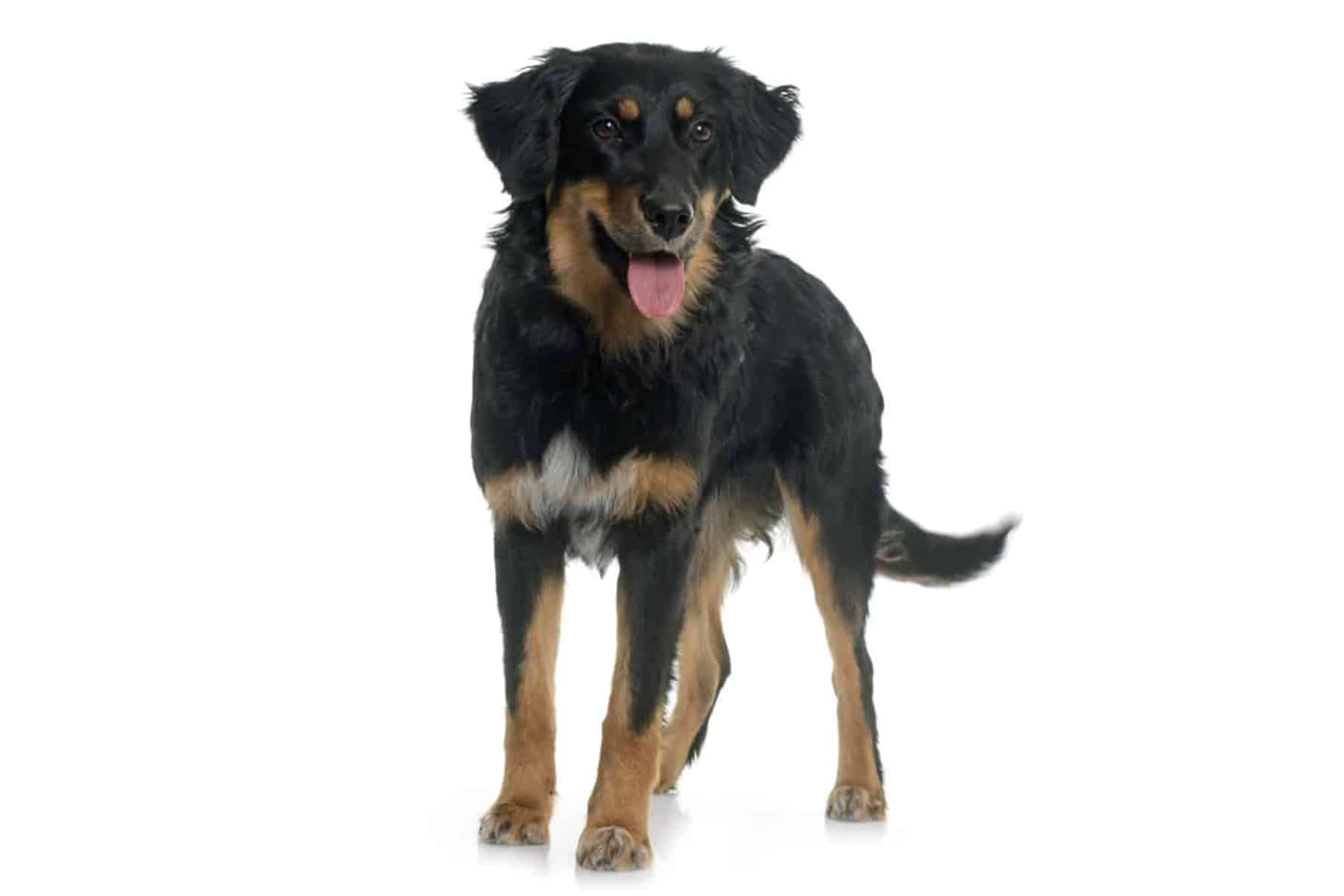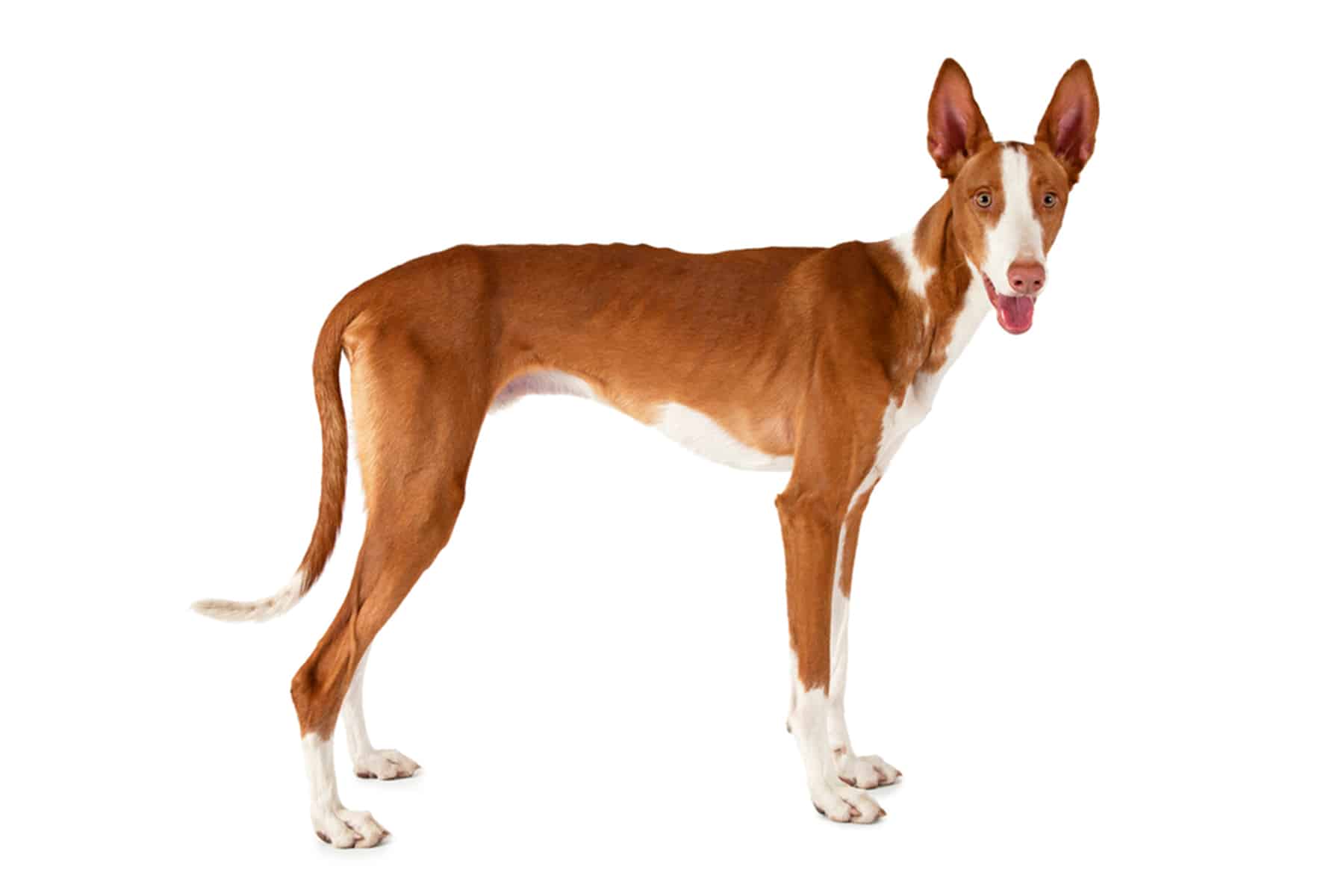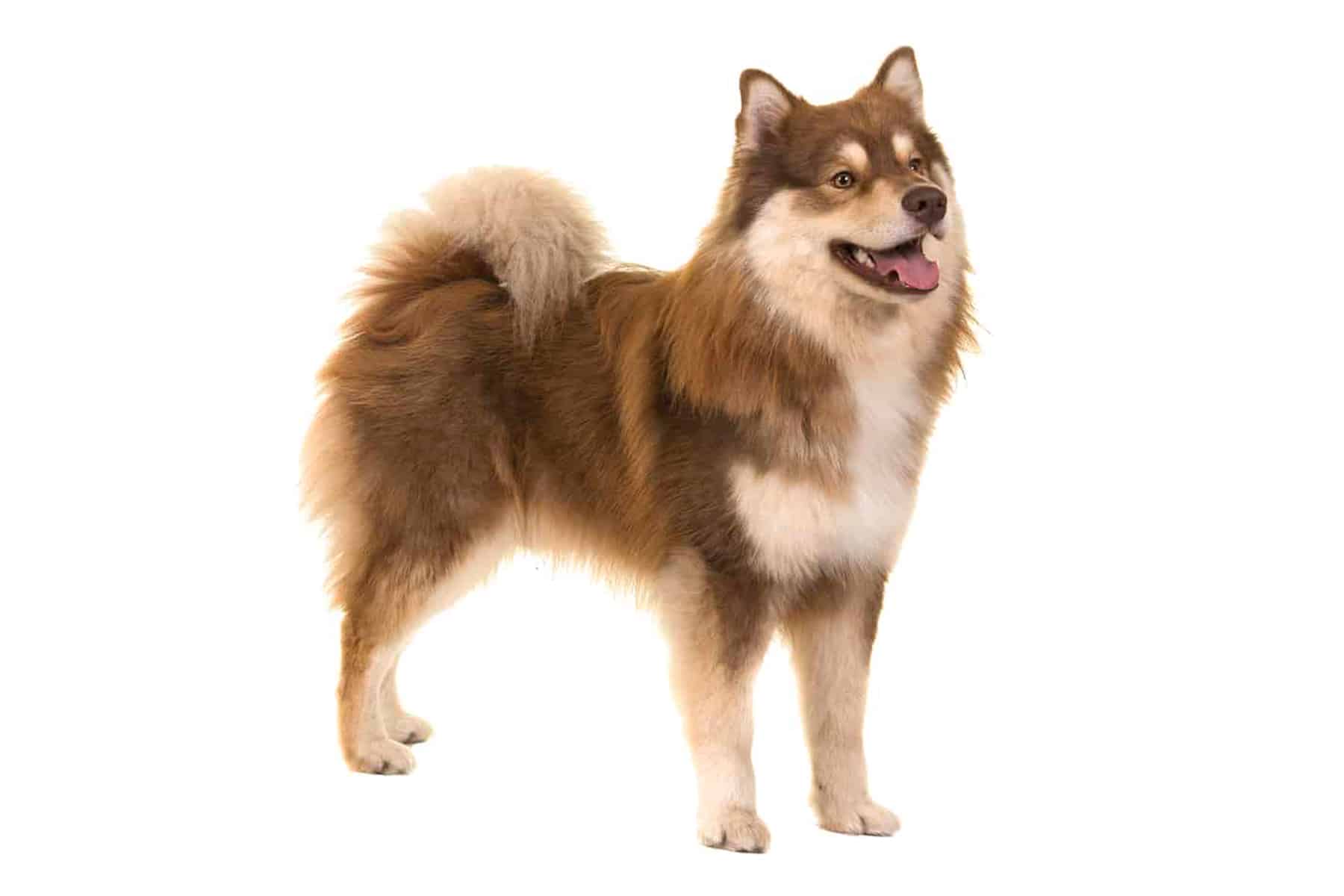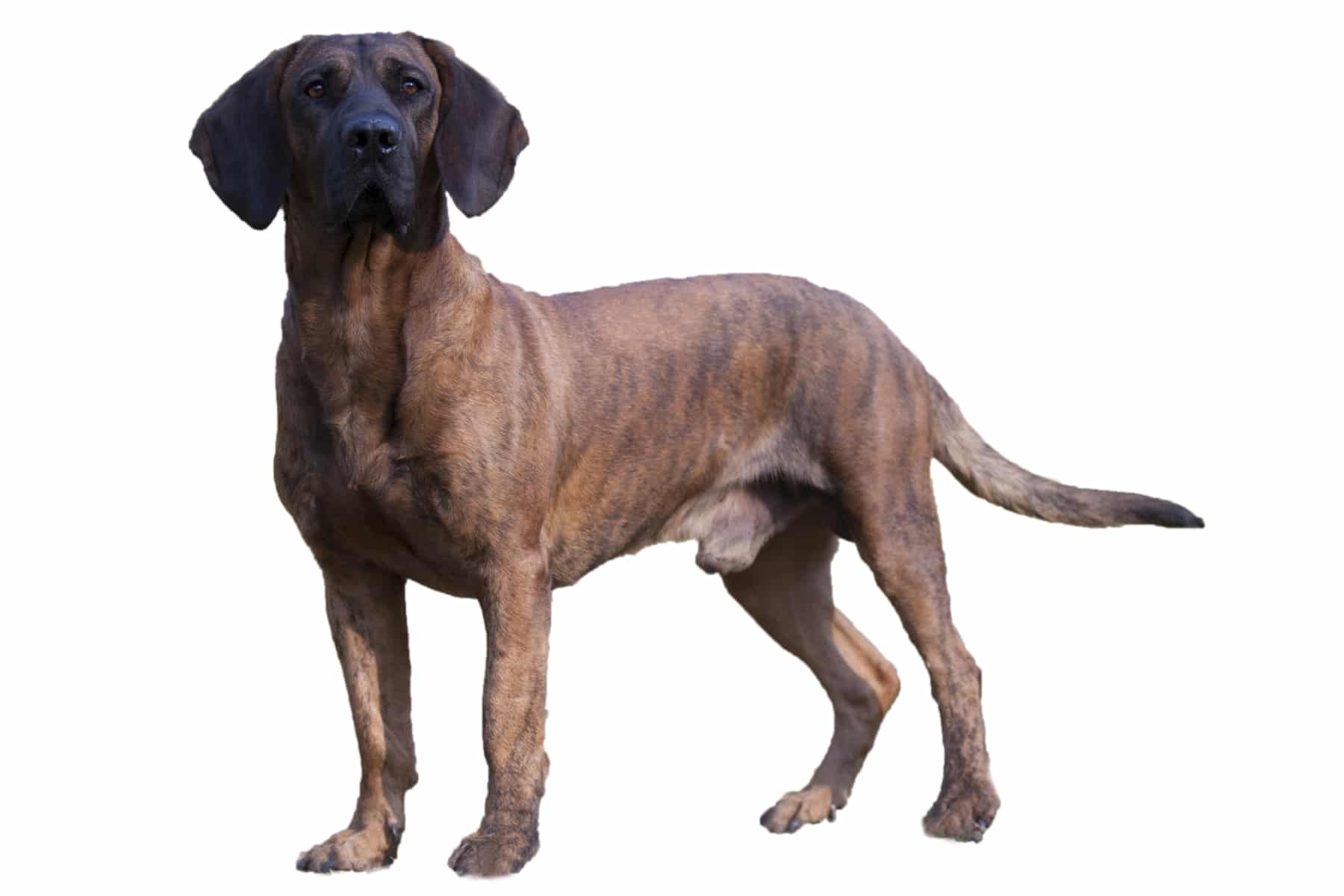Swedish Vallhund


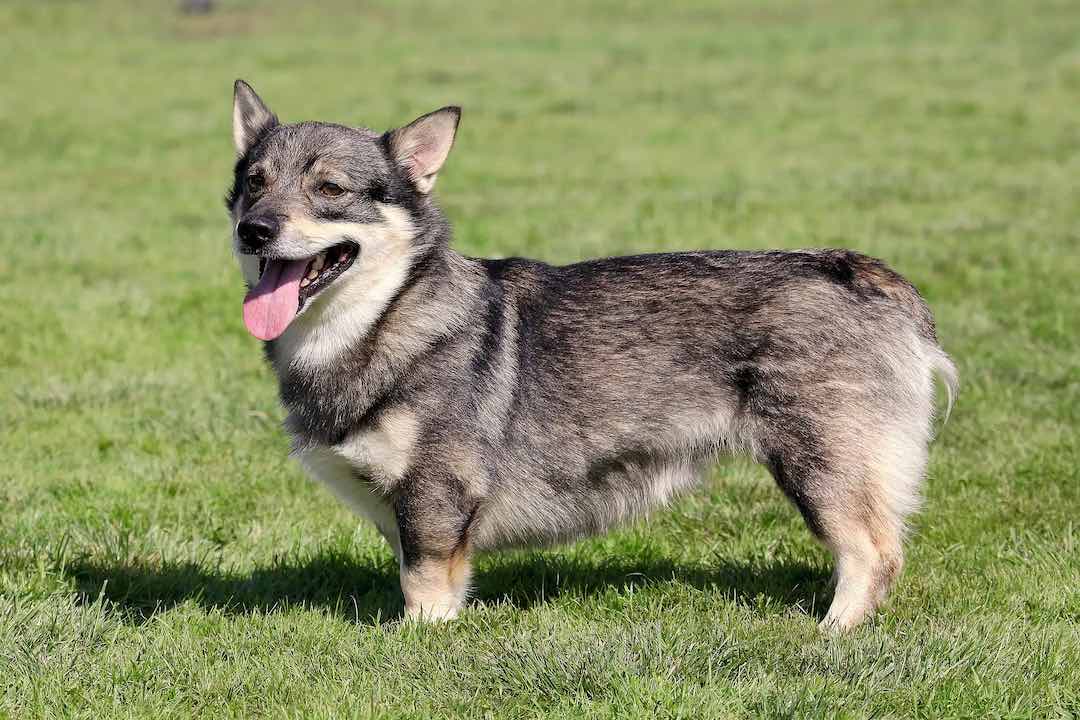
Temperament:
The Swedish Vallhund - also known as the Västgötaspets - places high demands on its owner due to its high level of activity and intelligence. This dog, which at first glance resembles a Welsh Corgi, rewards this with its loyalty and devotion.
Characteristics
Among the otherwise long-legged Nordic dogs, the Swedish Vallhund is conspicuously short-legged. Overall, it is longer than it is tall and, depending on the type, has a bushy tail up to 25 cm long or a naturally short tail. The coat is dense and close-fitting with a soft undercoat.
Its coloration is striking in two respects: its head in shades of grey and brown is reminiscent of that of a wolf. Its fur is also darker on its back, neck and sides than on its belly and the rest of its body. The very mobile ears are medium-sized and pointed.
The Swedish Vallhund has not lost its protective instinct. He is a real workhorse and rarely just lies around. As an original herding dog, it will always keep a close eye on its surroundings. He wants to be kept busy and only allows himself a break when he is sufficiently active or mentally challenged.
Even with intensive training, the Swedish Vallhund will remain a noisy animal. He simply loves to bark. He gets along well with children, but they should be a little taller and not push him, otherwise he may tend to nip.
Coat care:
Shedding:
Energy level:
Trainability:
Children suitable:
The right food
When choosing food, make sure that it contains high-quality ingredients, is balanced and meets your dog's requirements. Age, size or weight, activity and health status play an important role. You should follow the manufacturer's recommendations for the amount of food.
Treats should only be fed in moderation and deducted from the basic diet to avoid obesity.
Puppies can be fed 4-6 times a day. The number of meals should be gradually reduced to 2 per day until the dog is fully grown. A rest period should be observed after meals.
Fresh drinking water should be available at all times.
Health & Care
Due to the dense coat with an equally dense undercoat, this breed needs to be brushed regularly. Particularly on hot summer days, it is important to ensure that the Swedish Vallhund has access to cool shady areas and, of course, that sufficient water is always available.
The claws, ears and teeth should also be checked from time to time. Not to be forgotten are the eyes: The Swedish Vallhund is susceptible to eye diseases. Progressive retinal atrophy can occur from the age of 10. This can lead to night blindness and affects around one in three dogs. Otherwise, the Swedish Vallhund is very robust and not very susceptible to hereditary diseases.
Suitable accessories
This very active breed should be equipped with a good harness and lead. A large, fenced-in meadow where the dog can let off steam is ideal.
When they are puppies, it is advisable to attend puppy classes at a dog school in order to socialize the dog well. The Swedish Vallhund generally gets on well with other dogs, but tends to be a little rough. The best way to counteract this is through early training.
In addition to a harness and lead, the Swedish Vallhund needs the following basic equipment: dog basket or dog mat as a retreat, water and food bowl, tick tweezers, claw clippers, mild dog shampoo, brush and comb or rubber curry comb, toothbrush and toothpaste for dogs, transport box for transportation in the car and a first aid kit. It's best to ask your vet what should be in the first aid kit.

Origin & History
The striking resemblance to the Welsh Corgi Cardigan suggests that one breed originated from the other. It is unclear whether the Swedish Vallhund was originally brought from Sweden to England or from England to Sweden. A parallel development in both countries without exchange is also conceivable. In any case, its name contains the origin from Västergötland, a province in the southwest of Sweden.
Originally bred as a drover and rat hunter, the Swedish Vallhund was only rediscovered in the last century and recognized as an independent breed by the FCI in 1954.
